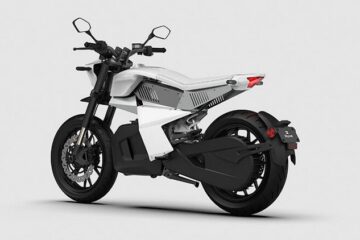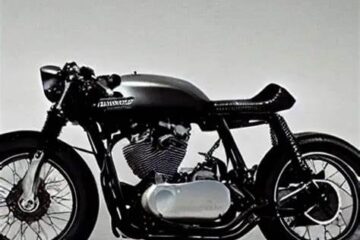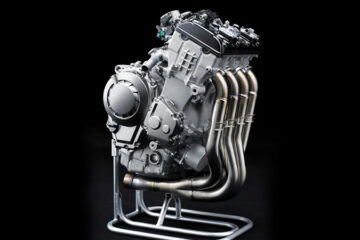How to Choose the Best Motorcycle Helmet for Safety
Choosing the right motorcycle helmet is crucial for rider safety. A helmet not only protects your head in case of an accident but also impacts your overall riding experience. With various types of helmets available, selecting the best one can be daunting. Here’s a comprehensive guide on how to choose a motorcycle helmet that prioritizes safety and comfort.

How to Choose the Best Motorcycle Helmet for Safety
Understand Helmet Types
Different helmets are designed for specific types of riding and offer varying levels of protection. Here are the main types:
Full-Face Helmets
- Features: Covers the entire head, including the chin and jaw. Equipped with a face shield.
- Benefits: Provides the highest level of protection for the head, face, and jaw. Ideal for all types of riding, including high speeds.
Modular Helmets
- Features: Combines elements of full-face and open-face helmets with a movable chin bar.
- Benefits: Offers versatility with the option to flip up the chin bar. Suitable for long-distance touring where you might want to converse or get fresh air.
Open-Face Helmets
- Features: Covers the top, back, and sides of the head but leaves the face exposed.
- Benefits: Provides less protection than full-face helmets but offers greater visibility and airflow. Best for casual riders and city commuting.
Off-Road Helmets
- Features: Designed with a peak and enhanced ventilation for off-road riding.
- Benefits: Offers additional protection and ventilation for dirt and trail riding. Often used with goggles.
Check Safety Certifications
Ensure that the helmet meets safety standards set by relevant authorities. Key certifications include:
DOT (Department of Transportation)
- Overview: A mandatory certification in the U.S. that ensures helmets meet minimum safety standards.
ECE (Economic Commission for Europe)
- Overview: A rigorous standard used internationally, especially in Europe. Helmets with this certification are tested for impact, penetration, and retention.
Snell Memorial Foundation
- Overview: An independent organization that tests helmets beyond DOT and ECE standards. Known for its strict testing procedures.
Fit and Comfort
A helmet must fit snugly without being too tight. Here’s how to ensure a proper fit:
Head Shape
- Oval: Most common head shape. Many helmets fit this shape well.
- Round: Look for helmets with a more rounded interior.
- Intermediate Oval: A blend between oval and round shapes.
Sizing
- Measure Your Head: Use a soft tape measure to measure the circumference of your head just above your eyebrows.
- Try It On: Helmets should fit snugly without pressing uncomfortably on any part of your head. Ensure there are no gaps between the helmet padding and your head.
Padding
- Check for Comfort: The padding should be comfortable and help absorb impacts. Removable and washable liners are a plus for hygiene.
Ventilation
Proper ventilation is crucial for comfort, especially during long rides. Look for helmets with:
Air Vents
- Features: Adjustable air vents to control airflow and reduce helmet fogging.
- Benefits: Helps keep your head cool and comfortable by improving airflow.
Chin Bar Ventilation
- Features: Vents in the chin bar to enhance breathability.
- Benefits: Reduces the buildup of heat and moisture inside the helmet.
Weight
A helmet’s weight affects comfort and fatigue during long rides. Look for:
Material
- Fiberglass: Lightweight and offers good protection.
- Carbon Fiber: Even lighter and stronger but usually more expensive.
- Polycarbonate: Often heavier but more affordable.
Additional Features
Consider extra features that can enhance your riding experience:
Visor
- Features: Anti-scratch and anti-fog visors improve visibility.
- Benefits: Helps protect your eyes from UV rays and reduces glare.
Communication Systems
- Features: Integrated or compatible systems for hands-free communication.
- Benefits: Allows you to stay connected without removing the helmet.
Reflective Elements
- Features: Reflective strips or decals.
- Benefits: Increases visibility during low-light conditions.
Conclusion
Choosing the best motorcycle helmet involves balancing safety, comfort, and functionality. Opt for helmets that meet safety certifications, provide a proper fit, and include essential features such as ventilation and visibility enhancements. By considering these factors, you ensure that your helmet offers the highest level of protection and comfort for your riding needs.


